In 2021 the island of La Palma sadly was all over the news due to the eruption of the Cumbre Vieja volcano.
That day the island changed its landscape. It also changed our perception of volcanoes. They are still alive, we do not know when they will become active again.
La Palma, already known for being the Canary Island of volcanoes, reaffirmed its name by adding a new landscape to its wide range of ecosystems, that of the land conquered by lava.
Now you can safely visit this wonderful island, one that people usually leave for last in their exploration of the Canary Islands, and that inevitably becomes one of the favorites of all who visit it.
The reasons are many, and if we focus on the sustainable aspect, it also has many arguments to conquer the soul of travelers, as you will see in this article.
1. Caldera de Taburiente National Park
The island of La Palma is basically the Caldera de Taburiente, as this gigantic volcano was the one that emerged the island, creating a landscape straight out of Jurassic Park.
High mountains a few kilometers from the sea, large drops in the cliffs, lush vegetation that covers everything with a thick green blanket. This is La Palma.
And the best place to get to know it is by visiting this National Park, a marvel for those who love nature, walking in the mountains and enjoying unique landscapes.
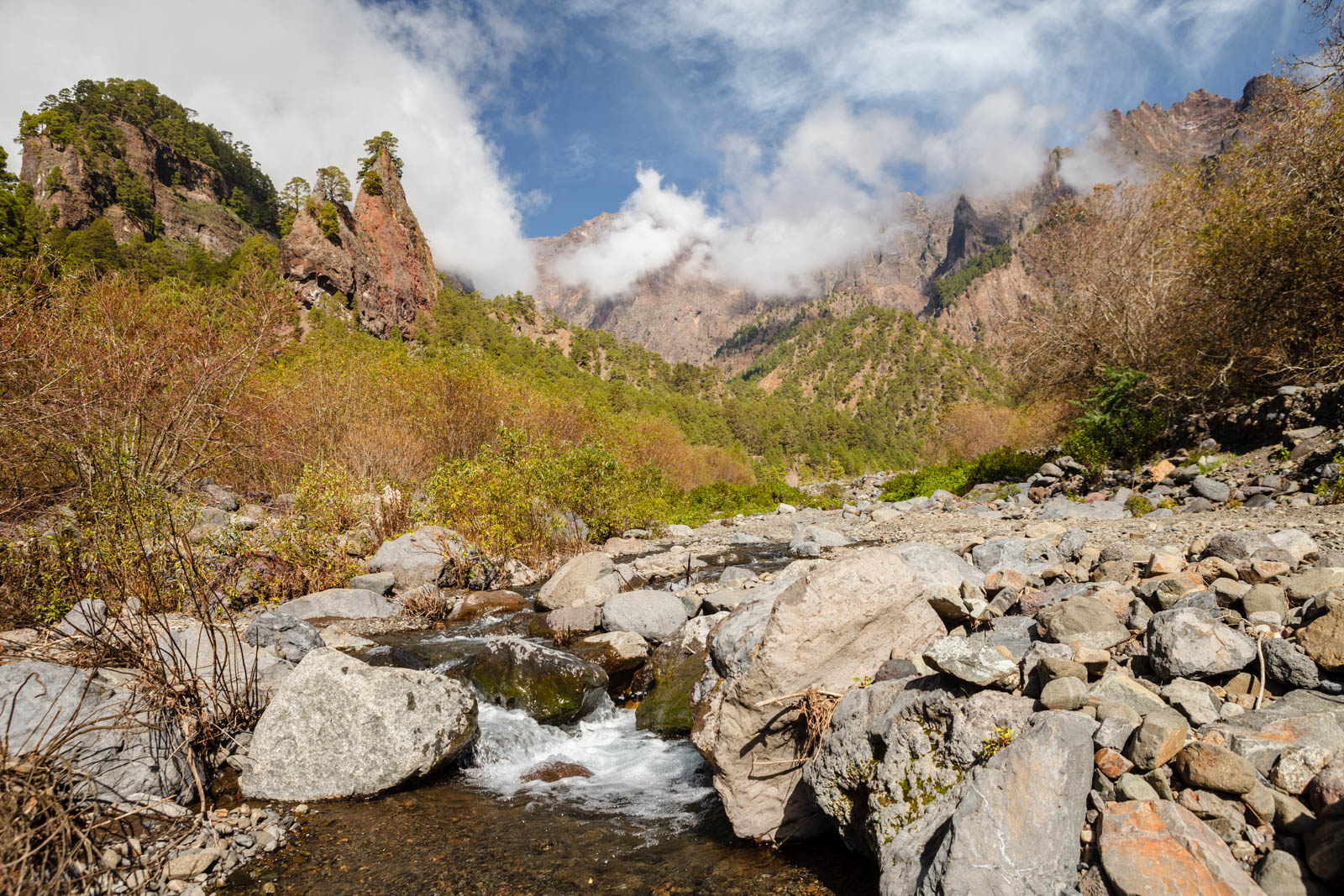
To play it safe, these are the best places within this National Park: If you like to walk, the path from the Viewpoint los Brecitos to the Barranco de las Angustias, although demanding, will show you the most beautiful places of the caldera, with even a high mountain river. Impressive.
If viewpoints are your thing, the Roque de los Muchachos (especially at night, to see the stars) and the viewpoint of the Cumbrecita, are the most spectacular. Of course, there are more, such as Pico de la Nieve and Pico de la Cruz, highly recommended to enjoy the wonderful views of the island and other nearby islands such as Tenerife, La Gomera and El Hierro.
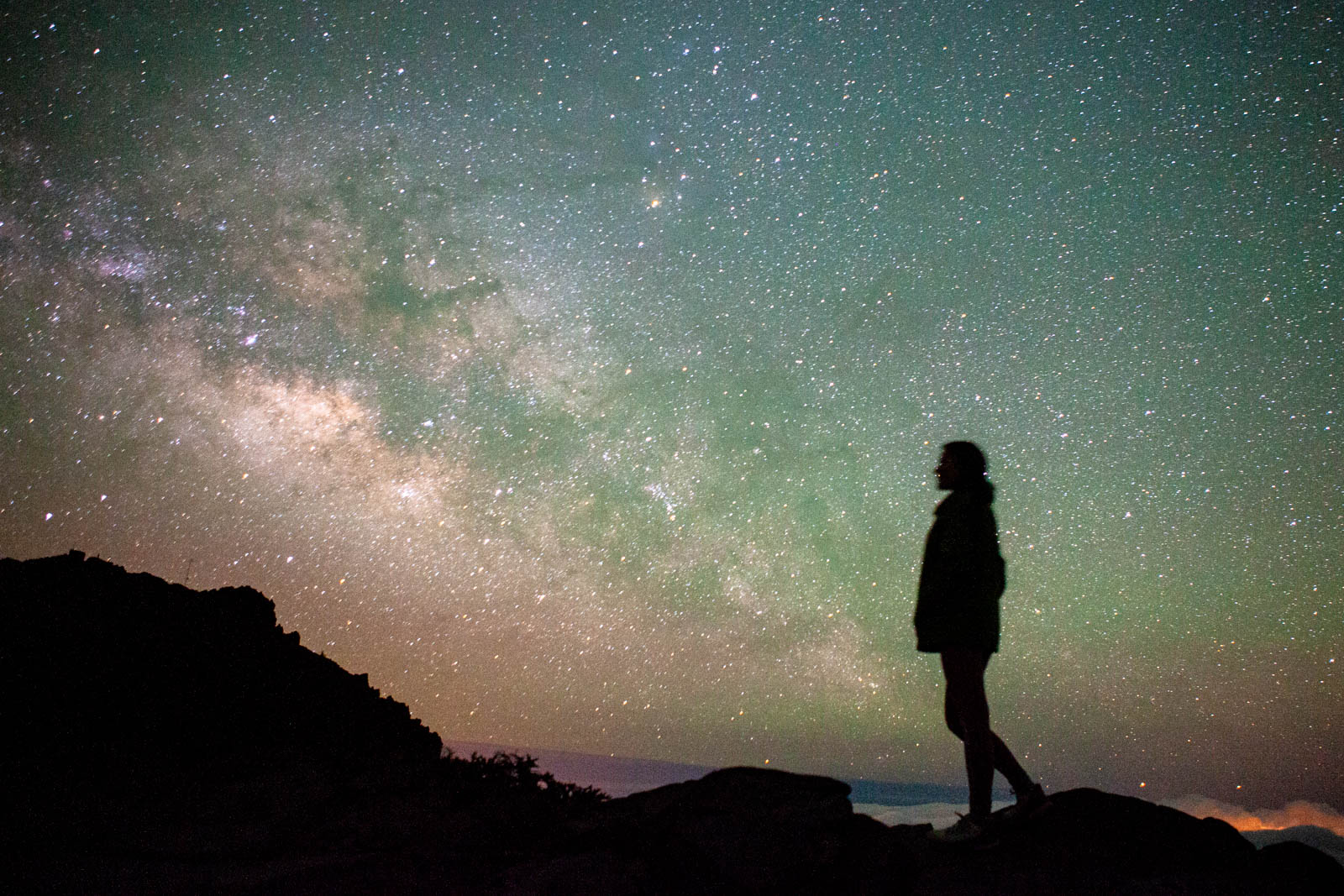
2. Route of the Volcanoes
La Palma is an island to get to know by walking. This is the best way to appreciate its landscapes.
Of all the trails on the island, the one known as the Route of the Volcanoes, with 22 kilometers, is an intense journey through the history of volcanoes, from some recent ones such as the aforementioned Cumbre Vieja, to other geological phenomena such as the picón plains and faults. Of course, all this seasoned with canary pine and breathtaking views on both sides of the island.
The only thing you have to be careful with on this route is the weather, as clouds and fog tend to form in this area, so plan the route with the possibility of changing the day, just in case.
The landscape is unique with clear sky.
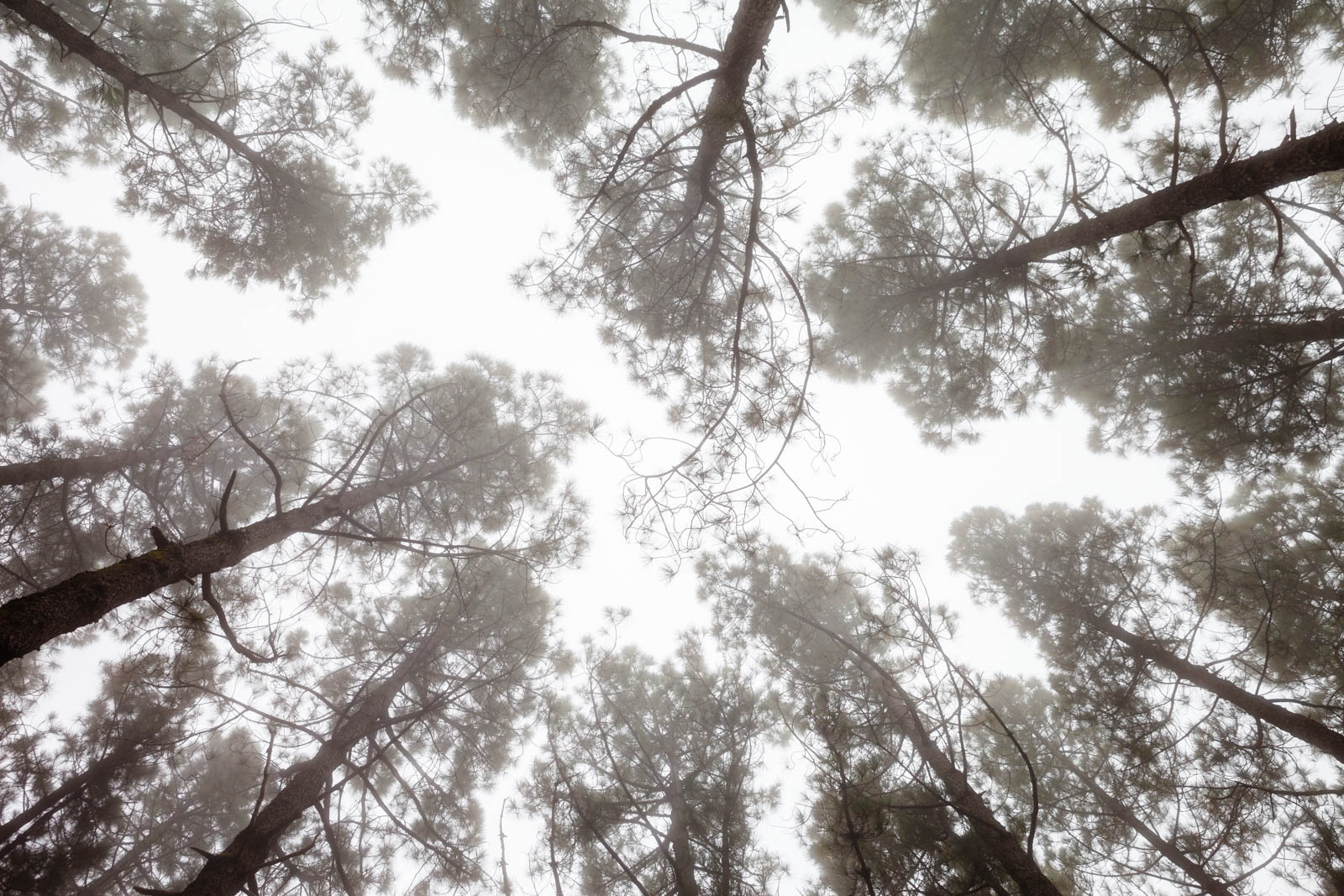
3. Platanológico
The Canary Islands are famous for the cultivation of the prized Canary Island banana, with La Palma being the largest producer of this fruit.
Most of the banana is produced in monoculture, which has a great positive impact on the environment. So, discovering that you can grow bananas of the highest quality in a totally sustainable way is a great reason for optimism.
The Plantanológico is a forest where bananas grow without any chemical elements. And we say forest because the owner of the place has investigated different plants to help eliminate the parasites without the need of any chemicals, and thus he has created a real forest that evolves on its own without any external elements. A great example of permaculture.
Definitely one of the most interesting visits in La Palma.
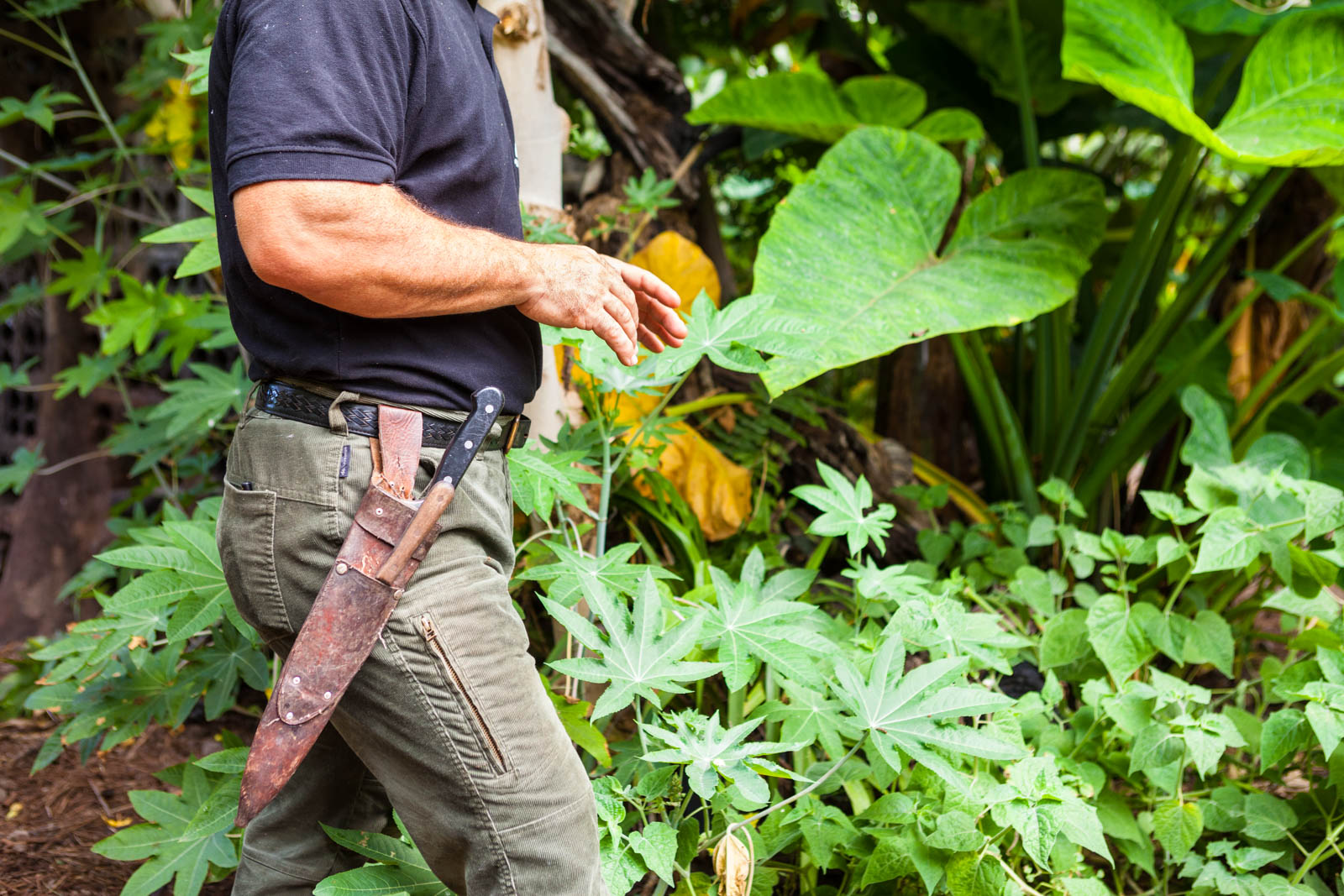
4. Los Tilos Waterfall
La Palma is the only island of the Canary Islands with permanent rivers all year round, and there are even waterfalls! Like this one, that you can visit by entering the ancient vegetation of the island.
Yes, the vegetation is really old, there are some male ferns that are from the dinasour era, which only increases that Jurassic Park scenery.
The best place to experience this is the Barranco del Agua, going deep into the depths along the path that leads to the Cascada de los Tilos, one of the most photogenic places on the island.
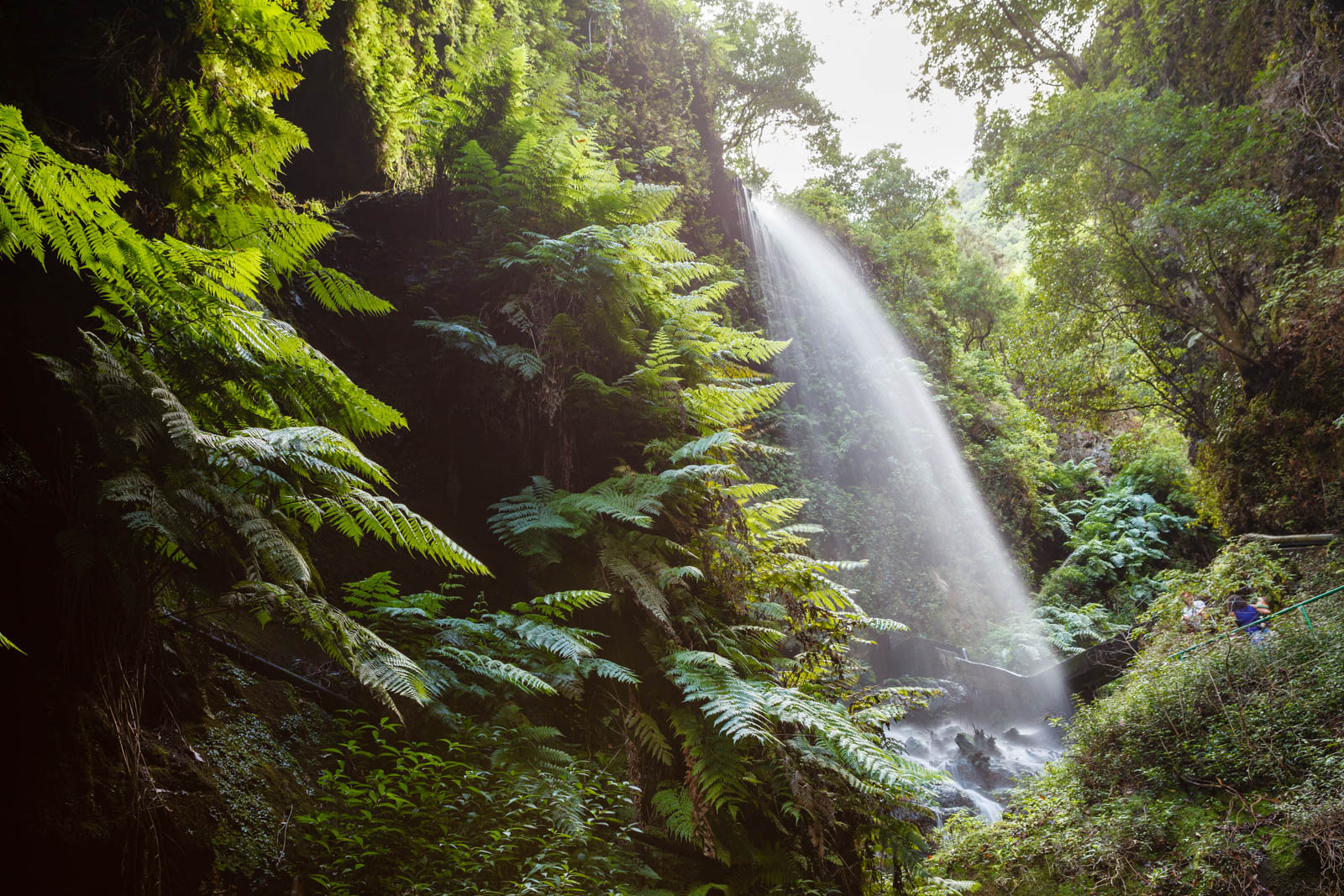
5. Natural pools like Charco Azul
Are beaches of La Palma have black sand, a trace of its volcanic origin. Besides, the island is in the middle of the Atlantic Ocean, so the sea is quite rough.
However, that’s not usually a problem, because the geology has made it easy for us: there are also natural pools created by the volcanic geology, and they are very common.
Some of these pools are still totally natural, and others have undergone some adaptation to facilitate access and enjoyment, including an area to lie down, stairs, showers and other safety elements.
The largest and most beautiful area is Charco Azul, as there are several pools to enjoy both a placid bath and the small agitation of the waves.
Other recommended natural pools are the pools of La Fajana, less crowded.
6. Caños de Fuego Interpretation Center
Seeing the lava flows from the outside is amazing, but getting inside one of them? indescribable. This is what you can do in Caños de Fuego, an interpretation center completely surrounded by the lava flow of the Cumbre Vieja eruption.
In the Caños de Fuego Interpretation Center they visually explain the evolution of the volcanoes through videos and informative panels, although there are two more impressive things.
One is to go inside the volcanic cone, where you can experience the sensation of being completely surrounded by solidified volcanic lava. It's like being in a cave, but even darker.
And the other experience is to walk along the walkway that has been built to the cave of Las Palomas, the best viewpoint over the lava flow, an overwhelming landscape.
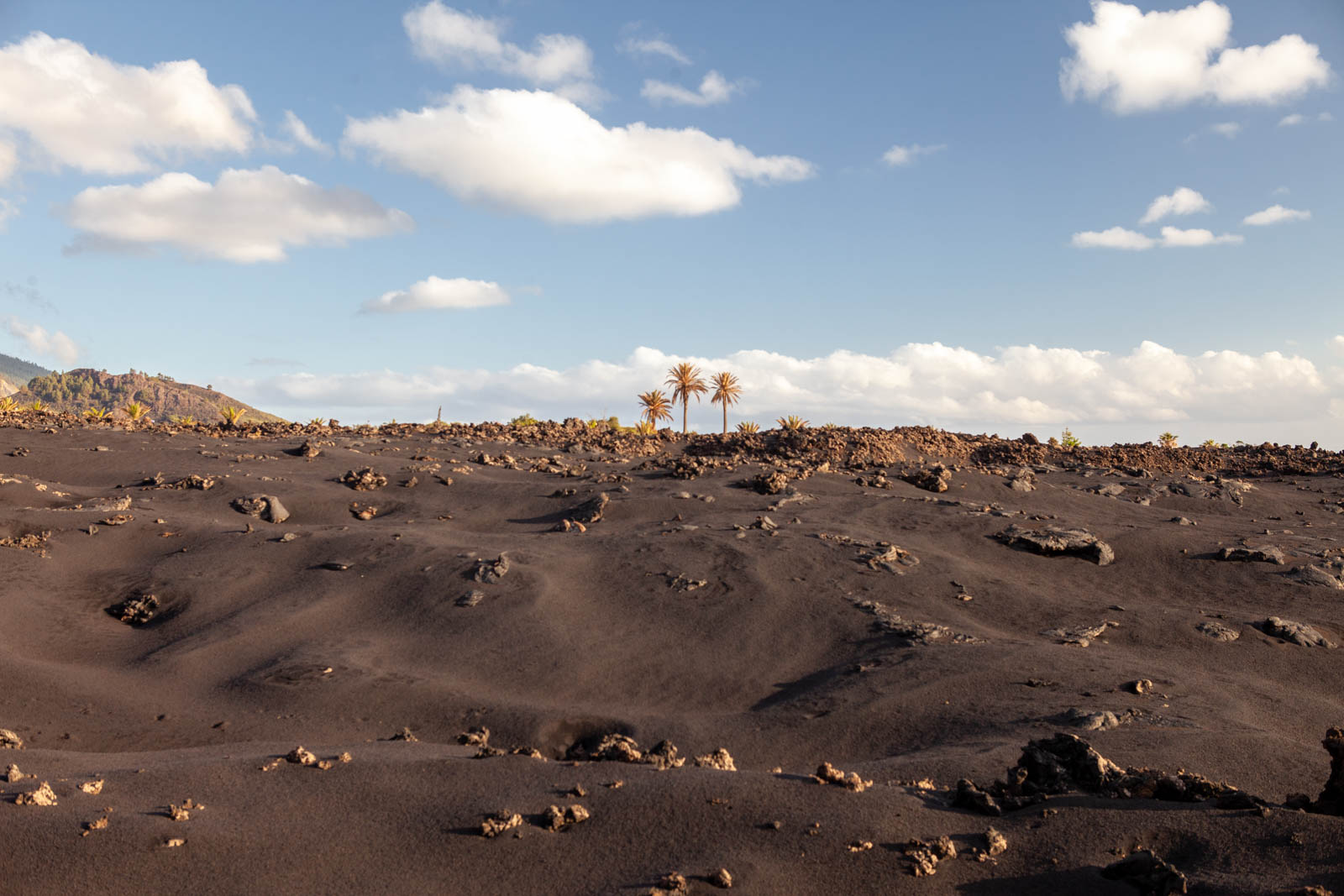
7. Saltfields of Fuencaliente (Salinas de Fuencaliente)
The last place on this list is in the south of the island, just where it ends. This is the Salt flats in Fuencaliente, a place where salt is extracted from the sea in the simplest and most sustainable way possible: evaporating the water and collecting the resulting salt.
Created in 1967, these salt mines are still in operation today, and are a place where you can learn about the ancestral method for obtaining one of the most valuable elements of antiquity.
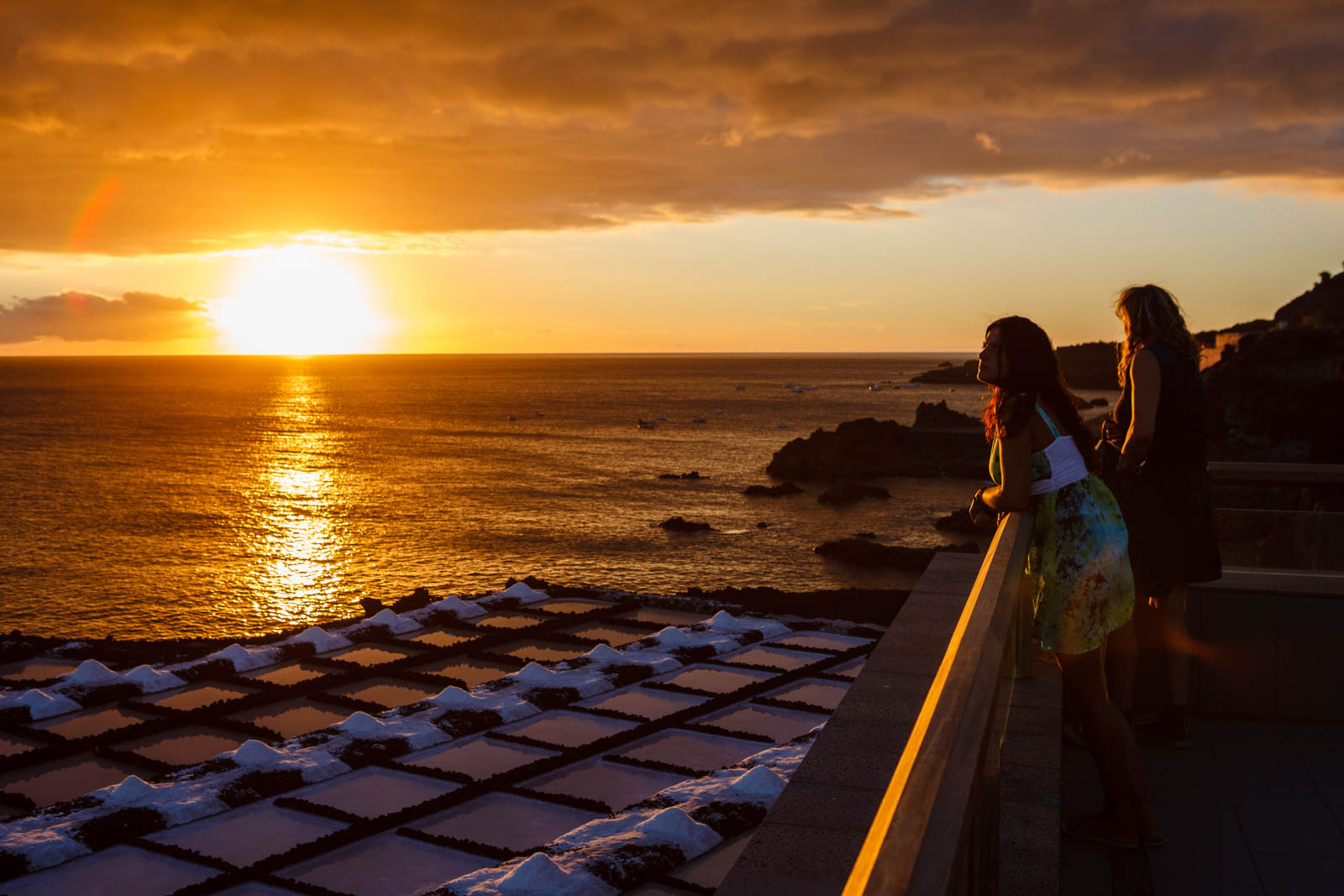
In addition to the salt flats, you can’t miss a visit to the lighthouse of Fuencaliente, especially at susnset, where the sun gives a spectacle of light and color that will amaze you along with the beauty of La Palma.
Finally, if you are planning your trip to La Palma and would like to find more sustainable accommodation options, click here and enjoy your trip in a more sustainable manner!








